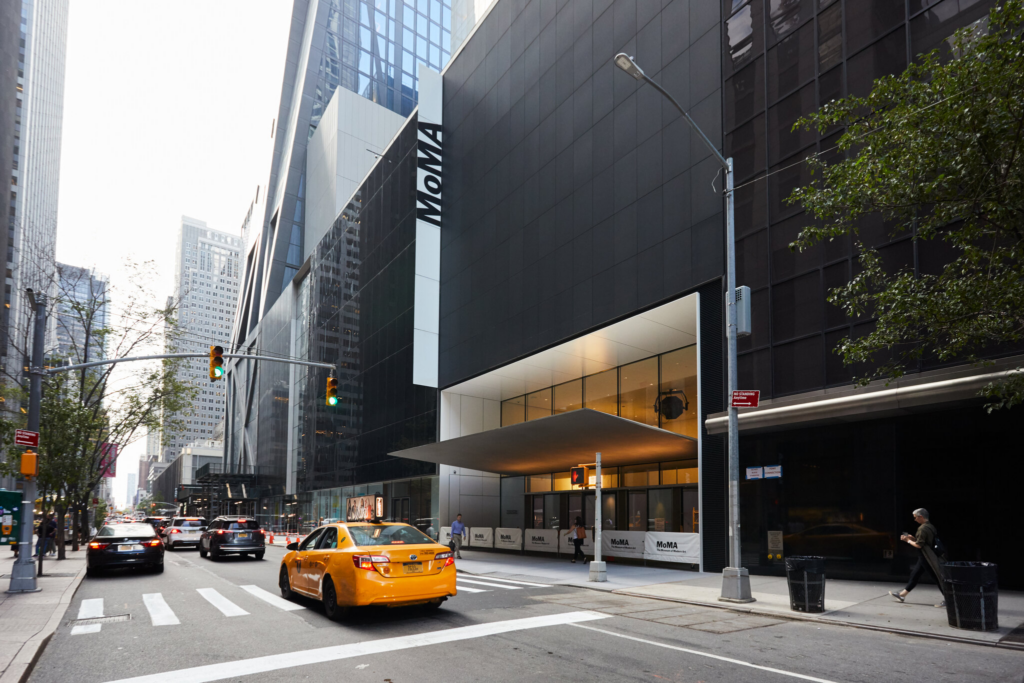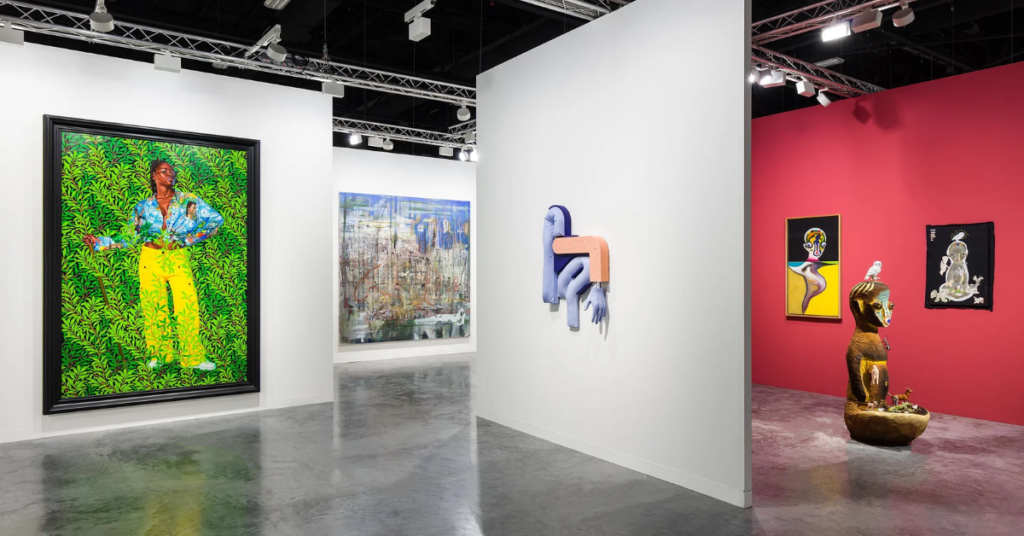The recent Bank of America, art market update, reveals a notable shift in collector behavior as favorable buying conditions emerge. Lower auction estimates, gallery discounts, and interest rate cuts increase participation.
With the New York fall auctions and Art Basel Miami around the corner, collectors are showing renewed enthusiasm.
This change follows a relatively slow first half of the year, where secondary art market sales fell below expectations. Auction prices averaged only 1% above their mid-estimates.
Notably, this is the smallest increase in over seven years. It signals a chance to purchase art at appealing prices for the seasoned collector.
The art market began to adjust in 2023. Collectors faced high inflation, global geopolitical tensions, and increased interest rates, which combined to weigh on art valuations.
Buyers and investors took a cautious approach, leading to a reshaping of the investment landscape.
While economic uncertainty dampened confidence, the overall effect shifted the market toward buyers. Fewer high-profile estate pieces and fewer “masterpieces” available at auction contributed to the shift.
This scarcity of top-tier offerings softened competition, while collectors approached the art market with more discernment. Collectors now seek out high-quality pieces with good long-term value.
One key area of interest is Latin American (LATAM) and Latin diaspora art, which has proven resilient. This sector has grown by 18% year-over-year, signaling strong and continued demand.
Bank of America’s report suggests that momentum in this area will carry into 2025.
Increased institutional support for LATAM art has strengthened this sector’s market position. Institutions like MoMA in New York and the Getty Museum have recently spotlighted Latin American artists.

These institutions’ initiatives align with collectors who view Latin American art as culturally rich and historically significant.
Collectors actively explore Latin American artists’ work at auctions, in galleries, and private sales. Exhibitions celebrating Latin American and diaspora artists have reinforced interest in these works.
Events like a recent MoMA exhibit showcase the genre’s vibrancy, appealing to cultural enthusiasts and art investors.
This year’s report also shows a broader shift in how collectors view art. More collectors now see art as an essential component of wealth management strategies.
2026, art and collectibles could surpass $2.8 trillion, taking up 11% of ultra-high-net-worth portfolios.
This forecast indicates that art is becoming a critical element of wealth diversification. Many ultra-high-net-worth individuals see art as more than a luxury. They view it as a valuable asset that complements traditional investments like stocks and real estate.
Interest in art investment is also rising as younger generations gain wealth. Wealth transfers are expected to hand trillions to millennials and Gen Z over the coming decades.
Unlike their predecessors, younger investors approach art with a fresh perspective, blending cultural values with financial goals.
For younger collectors, art is an asset that holds cultural meaning and aligns with personal interests. It’s a legacy investment that adds long-term value beyond financial returns.
This younger generation sees art as an aesthetic choice and a meaningful part of their portfolios.
Collecting art for enjoyment and investment adds depth to the market but also requires stewardship. Bank of America has committed to conservation through its Art Conservation Project (ACP).
Since 2010, the ACP has preserved over 260 critical art pieces worldwide, helping prevent degradation.
The ACP has conserved masterpieces from different genres, including paintings, sculptures, and architectural works. It has supported projects across 40 countries, from Florence to Mexico.
This effort has preserved both artistic and historical legacies for future generations.
Conservation maintains cultural heritage and protects market value over time. Art that stands the test of time becomes more valuable and holds greater historical significance.
As more collectors enter the market, they increasingly recognize the importance of conservation efforts.
The New York fall auctions and Art Basel Miami will likely benefit from the renewed buyer enthusiasm. Many collectors see these events as prime opportunities to build or diversify their collections.
For some, these favorable buying conditions offer the chance to acquire quality pieces that may not have been affordable.
With a recalibrated art market, some collectors will seek out categories with appreciation potential. The Latin American and diaspora art market, supported by institutions and collector interest, is one such category.
Current conditions may provide an ideal time for collectors considering this genre to explore and acquire it. Institutional support for Latin American art, especially from significant museums, aligns with its popularity among collectors.

Exhibitions celebrating Latin diaspora artists and growing sales underscore its strength and appeal.
This new phase of the art market reflects the intersection of pragmatism and cultural appreciation. Collectors view their investments as both financially viable and culturally significant.
This shift attracts a blend of traditional collectors and younger, value-driven investors.
As a result, the art world is redefining its place in wealth management. For many, it is no longer just a luxury to be owned for pleasure alone. It is now a significant part of a diversified investment strategy and a valuable asset class.
We can expect art to play a more significant role in the portfolios of ultra-high-net-worth individuals, especially as younger collectors inherit wealth. The generational shift brings with it a focus on legacy, preservation, and impact.
As they enter the market, younger buyers bring preferences and values that could shape the art market’s future direction.
By the end of 2024, the art world will likely see more collectors who want art to be a lasting part of their portfolios. These collectors will look for value, cultural meaning, and appreciation potential.
As the art market becomes more integrated into wealth management, collectors will continue to blend passion with financial foresight.
The art world stands at a point where it balances cultural preservation with investment growth. The market now offers a blend of opportunities for both enjoyment and long-term value.
As we look ahead, the role of art is likely to expand, evolving into a legacy asset that spans both financial and cultural domains.
